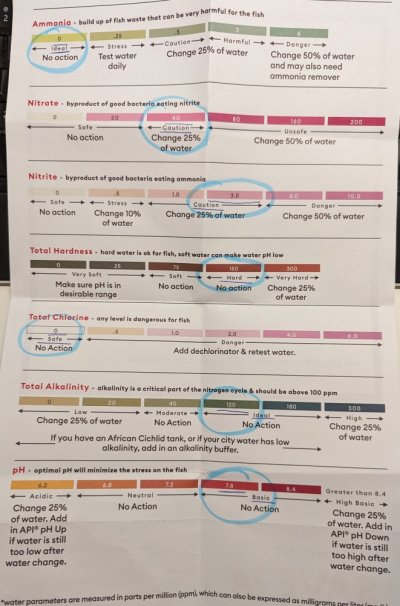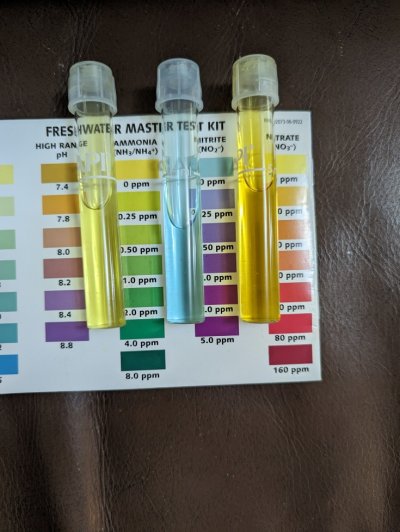Andy Sager
Aquarium Advice Addict
Thanks very much for the reply!
You make a good point. Perhaps, if I go ahead, I should try a different brand ... some folks seem to have had success with the Tetra product (SafeStart plus).
I had a related thought that I was hoping to get some feedback on ...
Clearly, my tank has a fairly well-established bacteria bed for the ammonia-consuming bacteria (BB #1), given that the ammonia I'm dosing (albeit not a huge amount) is gone in less than 12 hours. What's missing is the nitrite-consuming stuff (BB #2), so here's what I was thinking ...
Given that these bottled bacteria products claim to provide populations of both BB #1 and #2, what if I were to add them without adding any source of ammonia. There are plenty of nitrites in my tank to go around but no ammonia ... would this provide BB #2 a leg up to increase its population vs. BB #1?? If so, I wouldn't wait until my next ammonia dose ...
What do you think?
Seeing that your ammonia is gone in less than 24 hours, it proves that there is an active biological bed in the tank. What you may be experiencing is the improper water conditions for microbe #2 to multiply rapidly. Optimal Ph for this to happen is between 7.5 and 8.5. What is the Ph of your water?
That even with the additional ammonia you are putting in that the nitrite level does not go above 5 ppm, it should be that there are active #2s keeping that in check but not enough to overcome it all. You can see this with a nitrate test. If you have nitrates that did not come from your source water, it proves that there are microbe #2 present and active.
Patience is the key to this but I get your family may not have much of it at this point. There is another option but more costly which is why I did not suggest it from the start. Fritz makes Turbostart 700 which is #7 only 15 times the concentration of #7. That will speed up the process only because it will be putting in more of both microbes. That said, if the water conditions are not great for optimal growth of the microbes, you will have no issues now but some issues if you overload the tank down the road. By letting the biological bed grow at it's own rate, it will be stronger in the long run.
So the choice is yours.



